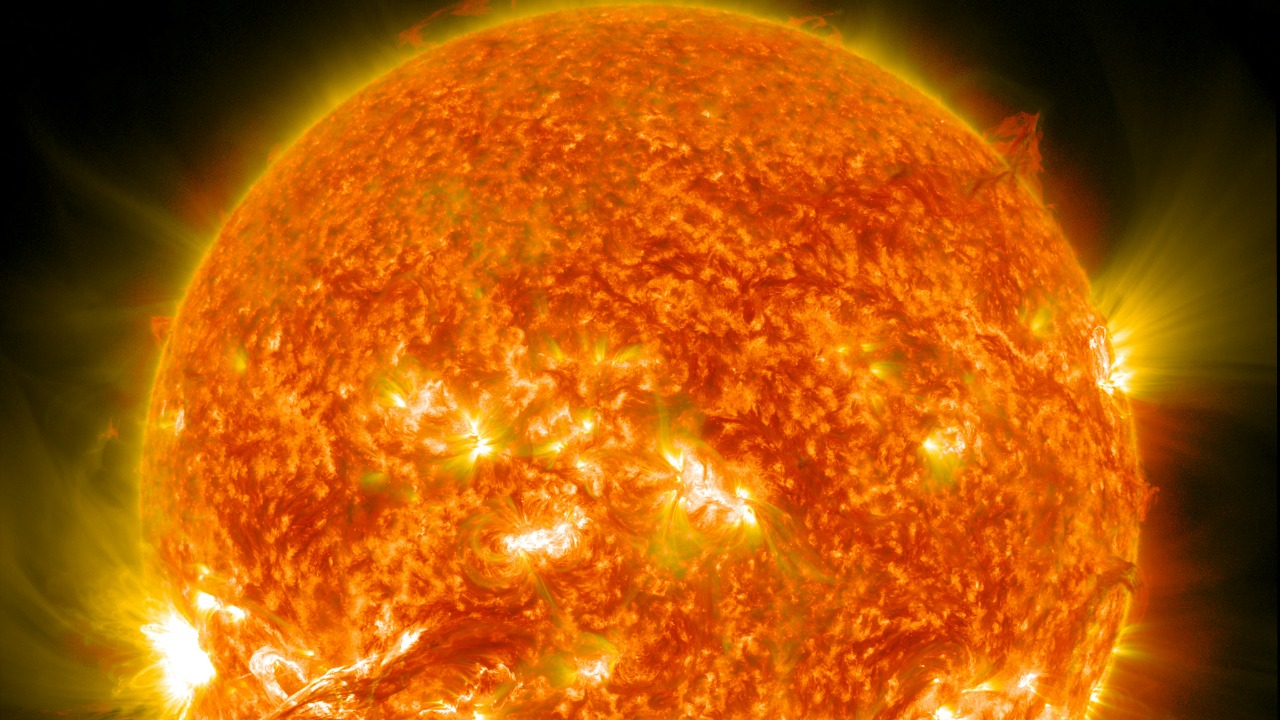
On September 24, 2025, NASA launched a pivotal mission to study space weather and the effects of solar storms on Earth. The Interstellar Mapping and Acceleration Probe (IMAP) mission, developed in partnership with NOAA, took off aboard a SpaceX Falcon 9 rocket from Cape Canaveral Space Force Station. The mission aims to protect critical infrastructure like GPS systems and power grids from solar storm disruptions by observing energetic neutral atoms and interstellar mapping to enhance predictions of geomagnetic storms.
The Launch Details and Timeline
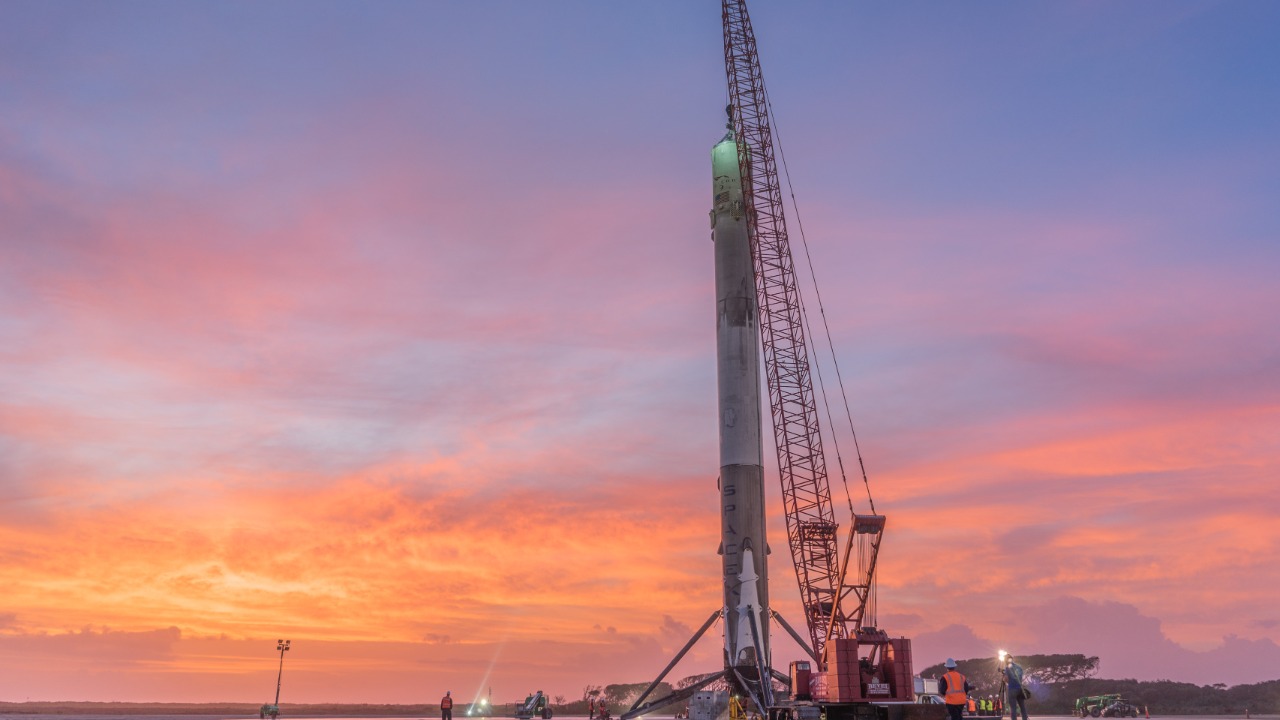
The SpaceX Falcon 9 rocket lifted off from Cape Canaveral Space Force Station at exactly 2:19 p.m. EDT, carrying the IMAP on a trajectory to the L1 Lagrange point1. This launch marked the culmination of a two-year development phase, during which NASA invested $150 million in IMAP instrumentation2.
Following the successful launch, the mission has several key milestones to achieve. Within 45 days, the deployment of 10 science instruments is expected, and the full operational phase of the mission is set to begin in early 20263.
Objectives of the IMAP Mission
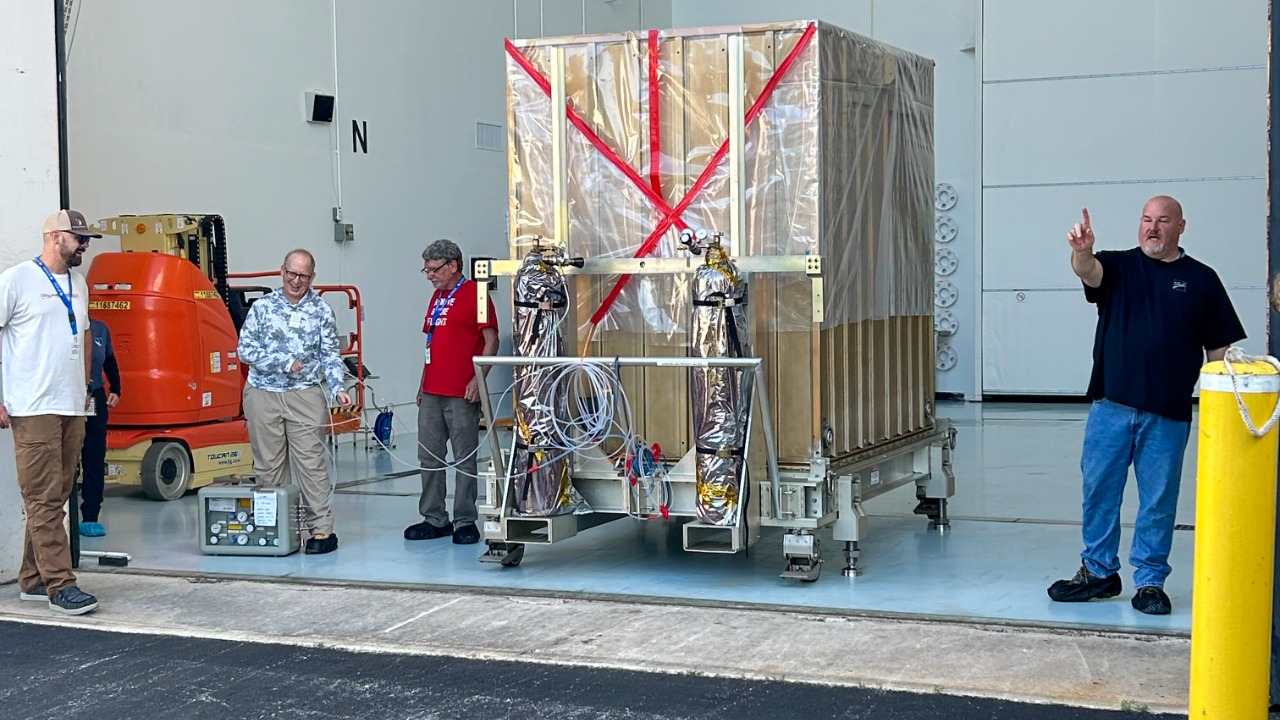
The primary goal of the IMAP mission is to map the heliosphere and accelerate particles from solar storms, providing crucial data on how these events propagate toward Earth1. The mission will focus on interstellar neutral atoms, which will help improve the forecasting of space weather impacts up to three days in advance4.
In addition to these objectives, the IMAP mission will also integrate with ground-based observatories for real-time solar wind monitoring3. This integration will provide a comprehensive view of solar activity and its potential impacts on Earth.
Solar Storms and Their Mechanisms
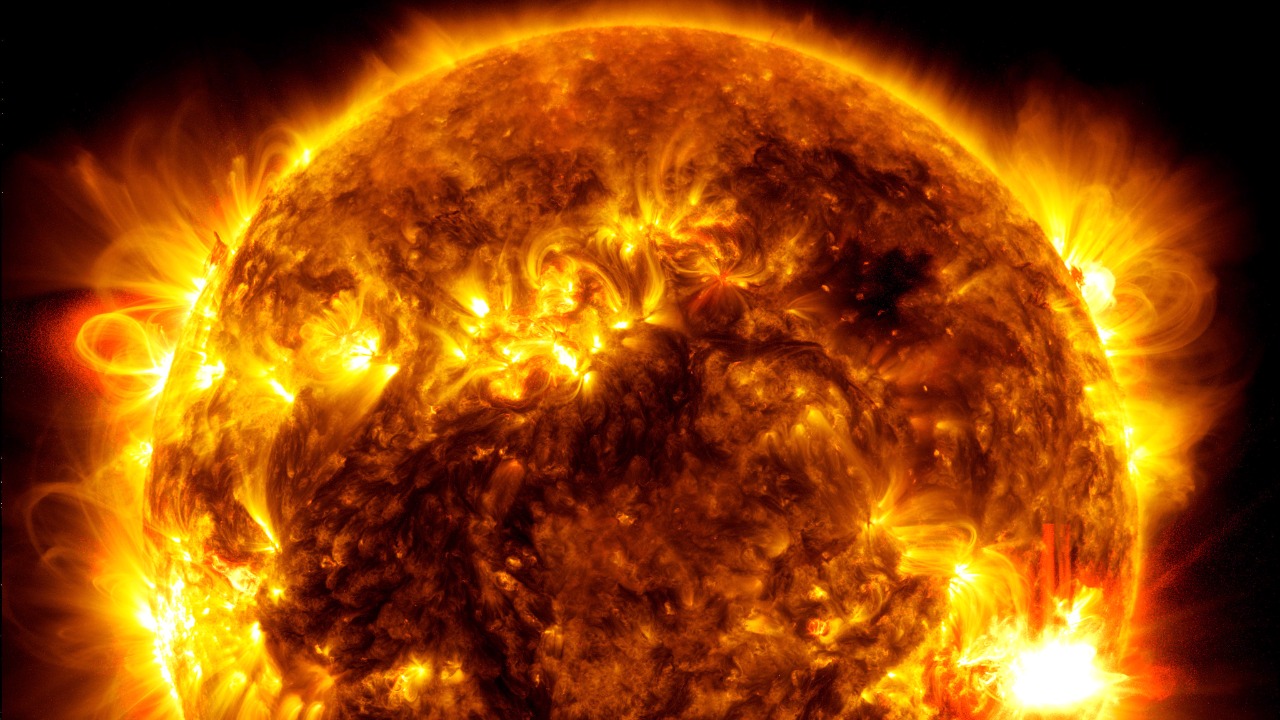
Solar storms involve coronal mass ejections, which are bursts of plasma from the Sun’s corona. These ejections travel at speeds up to 2 million miles per hour and can cause geomagnetic disturbances2. Solar flares, sudden eruptions of energy that accompany storms, release radiation that can affect satellite communications3.
It’s worth noting that the Sun’s activity follows an 11-year cycle, and 2025 is expected to be a peak year. This means that the frequency and intensity of solar storms are likely to increase4.
Impacts on Earth’s Infrastructure
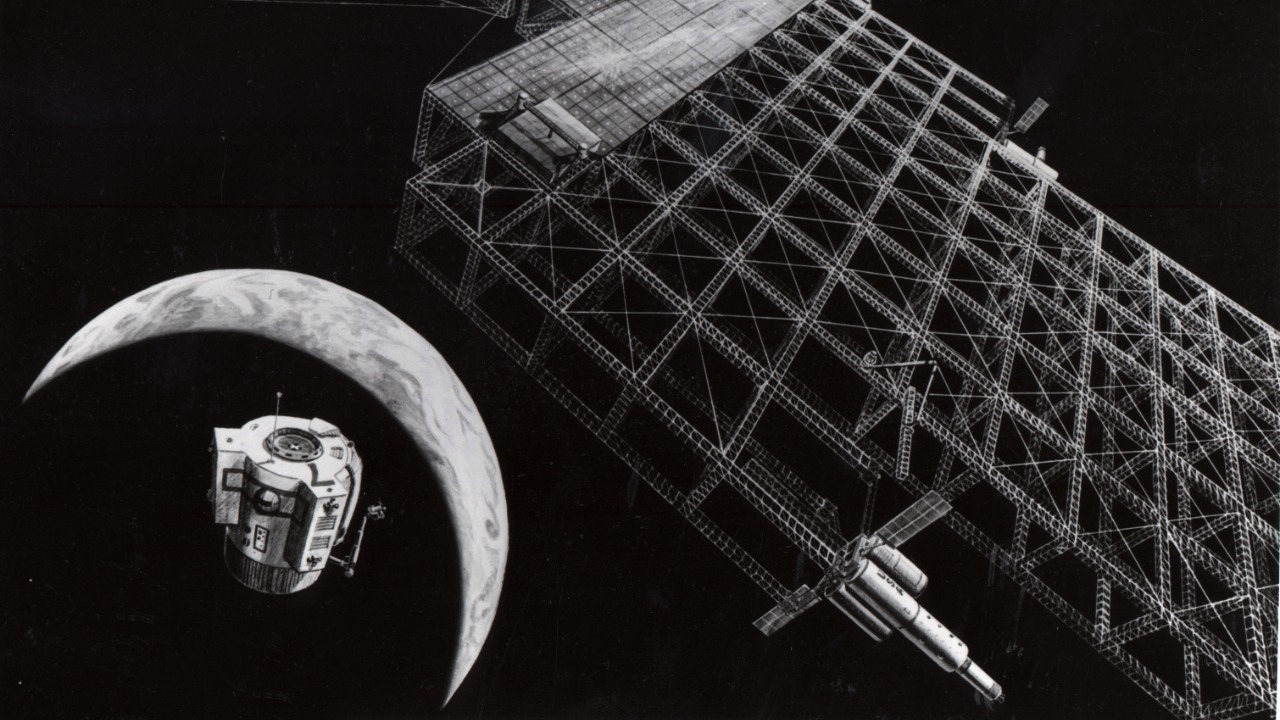
Solar storms pose significant risks to GPS navigation. They can induce ionospheric scintillation, which disrupts signals crucial for aviation and maritime operations2. Power grids are also vulnerable, as solar storms can induce currents that cause blackouts. A notable example is the 1989 Quebec event, which affected 6 million people1.
Moreover, solar storms pose threats to satellites, including NASA’s own fleet. Storms can cause orbital decay or electronic failures, disrupting vital communication and observation capabilities3.
Technological Innovations in IMAP
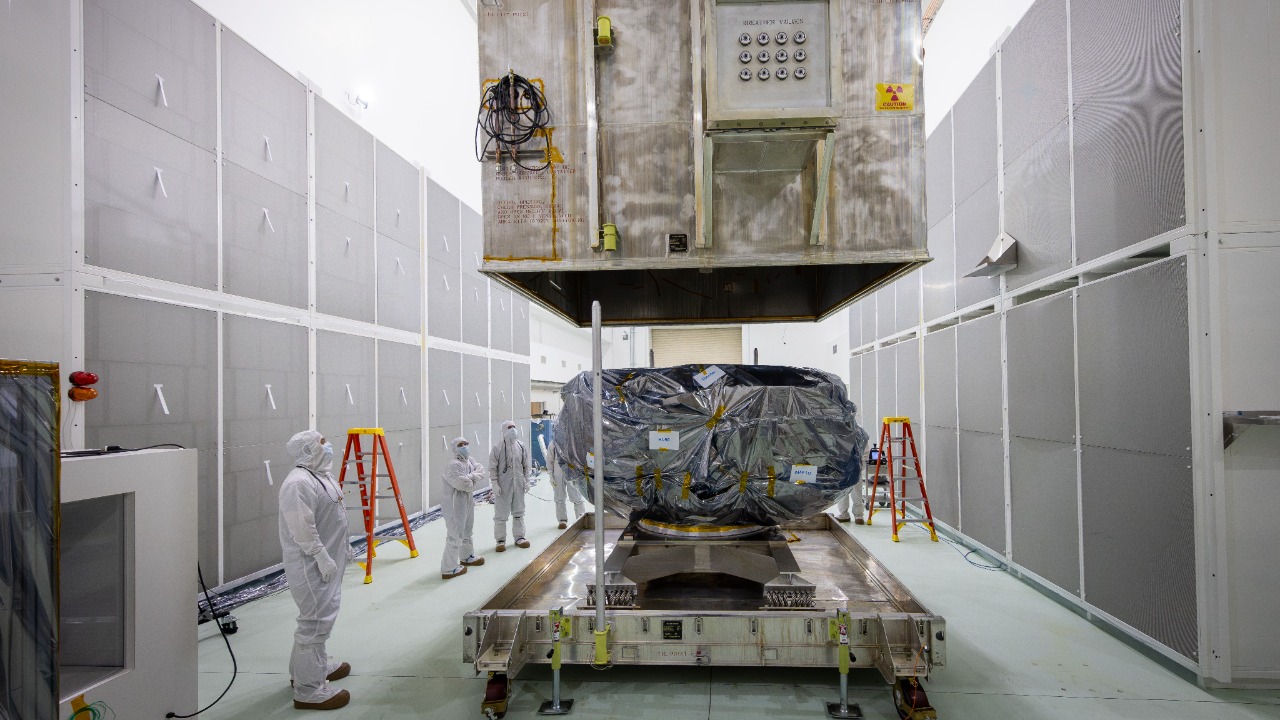
The IMAP spacecraft is equipped with 10 specialized instruments, including the Suprathermal Water Ion Analyzer (SWAPI) for studying suprathermal water ions and the Magnetometer for magnetic field measurements4. The spacecraft itself weighs 1,875 pounds and is powered by solar arrays that provide 800 watts of power at the L1 Lagrange point1.
IMAP also boasts impressive data transmission capabilities. It can send 3 gigabits of data per day via NASA’s Deep Space Network3.
Collaborations and Complementary Missions
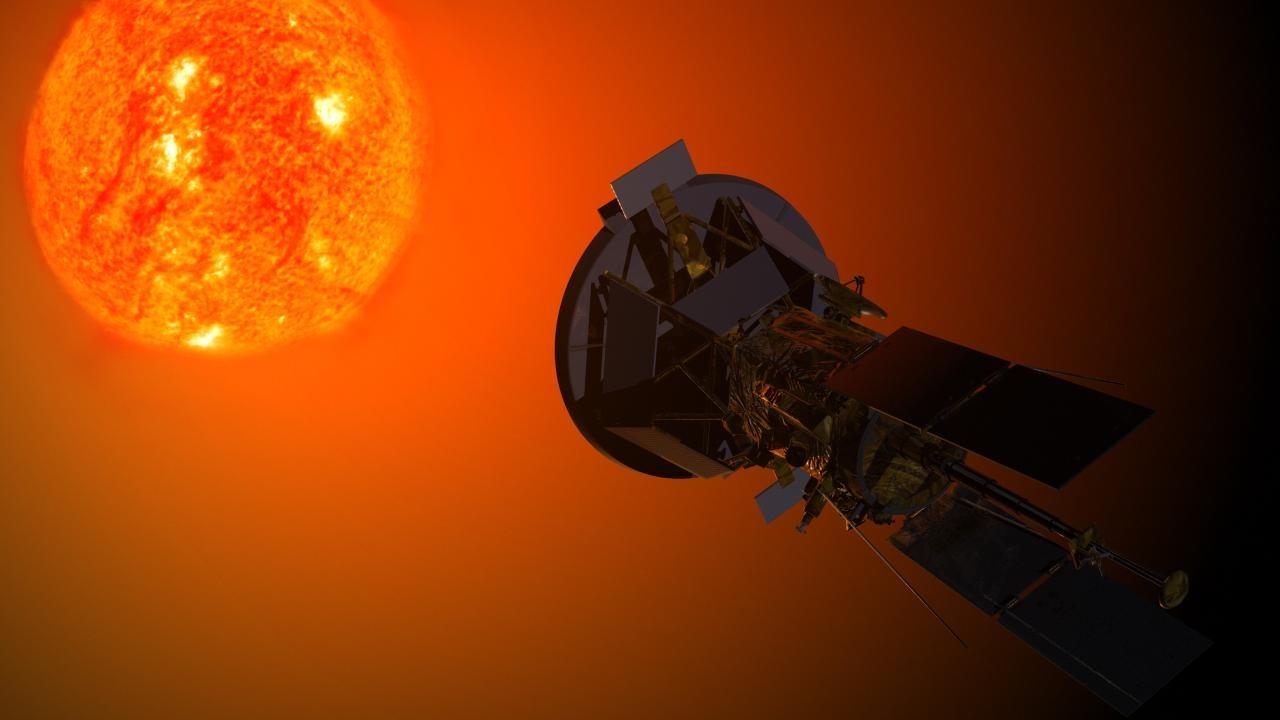
NASA’s IMAP mission is not a solitary endeavor. It is part of a partnership with NOAA for operational space weather forecasting using IMAP data4. The mission also builds on the contributions of the Parker Solar Probe, launched in 2018 by Johns Hopkins University Applied Physics Laboratory, which has flown through the Sun’s corona 20 times to study the origins of solar wind5.
International involvement is also a key aspect of the mission, with contributions from European Space Agency instruments on IMAP3.
Expected Outcomes and Long-Term Benefits
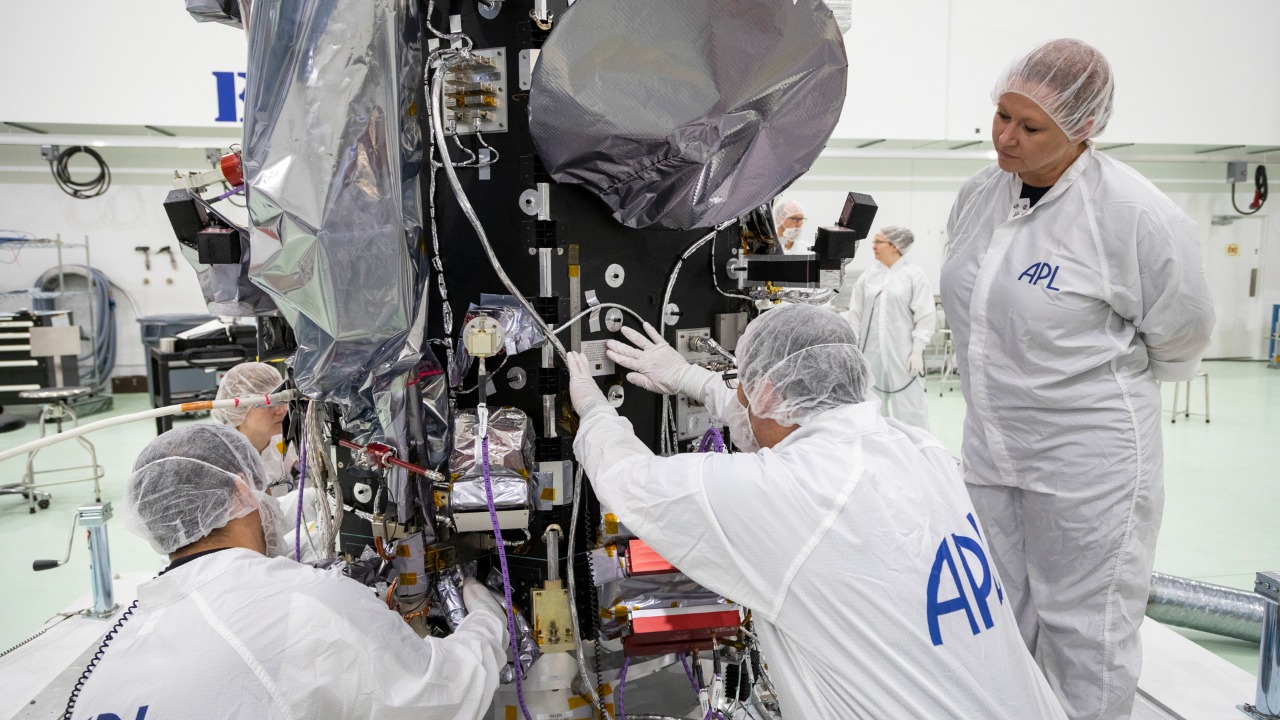
The two-year prime mission of IMAP is expected to yield datasets that will enhance modeling of solar storm propagation and improve global alerts1. This could result in significant economic savings, potentially averting $10 billion in annual damages from space weather events to U.S. infrastructure2.
Looking beyond 2027, the mission could be extended and integrated with future missions for comprehensive heliophysics research4. This would further enhance our understanding of solar activity and its impacts on Earth, paving the way for more effective mitigation strategies.